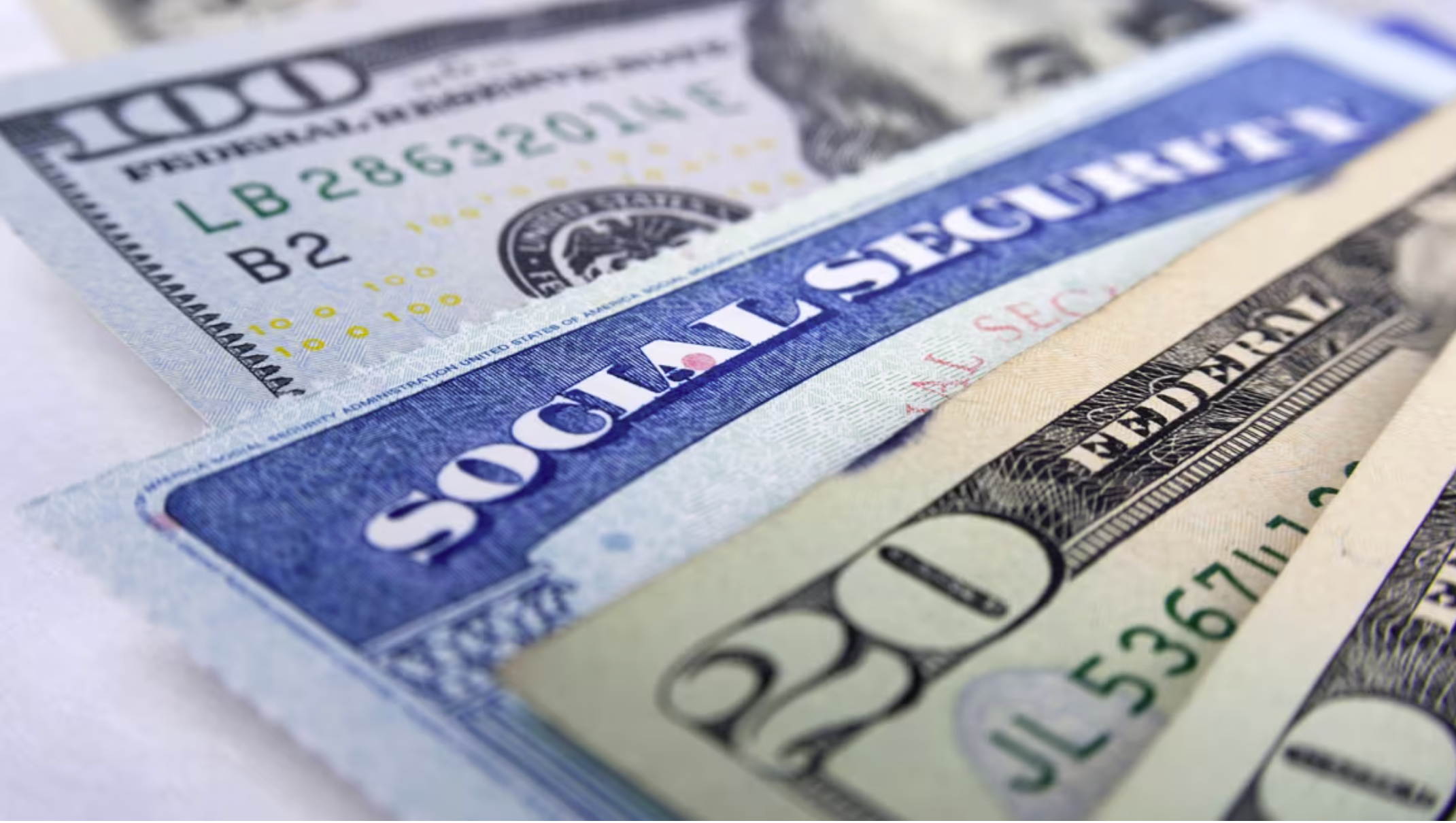Daniel Patrick Moynihan once famously quipped that everyone is entitled to their own opinion, but not their own facts. Moynihan’s head would explode in today’s world of alternate political realities that seek to explain the explosion of the national debt since the early 1980s.
I recently wrote an essay which was published in Texas Monthly [click here to read]which suggested that the recently passed tax bill would likely contribute to an increase to the national debt, which is already on an unsustainable course. There were several hundred on-line comments to the essay. Many of the comments were along the lines of “it is hypocritical for a Democrat to start complaining about the deficit now when Obama increased the debt by more than any other president/doubled the federal debt.”
Well, first, I am not a Democrat. When I ran for mayor in Houston in 2015, I described myself as a Republican-leaning independent. I have consistently voted in the Republican primary for the last 30 years and over 80% of my political contributions have gone to Republicans, a significantly higher percentage than our current Republican President.
Second, this is not the first time I have expressed my concern about the federal debt. While I was writing for the Houston Chronicle, I wrote on the subject many times and on each occasion laid the blame at the door of both parties. (For example, see CBO Deficit Projections Suggests Two Realities published March 17, 2013.)
Third, just to set the record straight, the national debt rose while Obama was president from $10.6 trillion to $19.9 trillion, a $9.3 trillion or 87% increase. $1.2 trillion of the increase came in the budget that he inherited from the previous administration. It was certainly the largest single increase in the federal debt during any administration, but in inflation-adjusted dollars, it was about the same as during the Bush 43 administration and on a percentage basis Obama comes in a distance third behind Reagan and Bush 43.
If we are going to actually do something about the unsustainable trajectory of our country’s finances, we have to drop the mindless repetition of partisan talking points and take a hard, cold, dispassionate look at the facts about how we got here.
There are several ways to look at the national debt. What you hear most frequently is the total debt in current dollars, but not counting the unfunded liability for future Social Security and Medicare payments. Whether those unfunded liabilities should be included in a calculation of the total debit is a subject for another day. For now, we’ll stick with the Treasury’s numbers on the total “official debt”.
So, let’s start with the actual numbers. The chart is pretty scary.

That is a 77-fold increase since 1950. Particularly alarming is how much steeper the line has become over time.
Many economists argue that the absolute debt is not as important as its percentage of GDP, reasoning that GDP is the best indication of the country’s ability to service the debt (i.e. make payments as they become due). To put debt as a percentage of GDP, we need to go back a little farther to get a better historical perspective.

The big spike to left side of the chart represents the debt the federal government incurred to wage WWII. After gradually reducing the debt as a percentage of GDP post-WWII, the deficit has been growing since the early 1980s, taking particularly large jumps during the Reagan administration, the second term of Bush 43 administration and the first term of the Obama administration. I don’t think that it is a coincidence that these were also the time periods in which we had the lowest tax rates.
What is even more alarming is that the nonpartisan Congressional Budget Office projects that deficits will continue to grow significantly. Before taking the new tax bill into account, the CBO projected that the debt will grow by another $10 trillion over the next decade, with annual deficits exceeding a trillion dollars annually in 2027. Our debt will be about 110% of GDP at that point, a level never reached previously except at the height of WWII. All indications are it will continue to get worse after that.
Most economists are projecting the new tax law will add roughly $1-2 trillion to the CBO’s projection. So, the effect of the new tax law is not the end of the world as Democrats have argued, but it is clearly going in the wrong direction and will likely make a bad situation worse.
No one knows exactly what the effect of this level of debt will be. Is there a point at which the market will decide the federal government is not creditworthy and refuse to purchase it debt, or charge exorbitant rates? Does it mean that economic growth will be hobbled for the indefinite future? One thing we know for sure is that our economy has generally grown slower as the debt has increased.

Coincidence does not necessarily prove causation. But most countries with high debt to GDP ratios also have lower growth rates. In any case, I think we all can agree that this level of debt is not a good thing.
Who’s to Blame?
Most of the commenters to my Texas Monthly essay were partisans on either side of the aisle blaming the other side for the ballooning debt. So, let’s take a look at the record through that partisan lens.
Frequently people want to attribute the increase in the debt solely to the party in control of the White House. But it is Congress that actually has the power of the purse strings. So, which party has control of Congress should also be a consideration.
Since 1950, the Republicans have controlled the White House for 36 years and Democrats for 31 years. There have been 19 years in which the Democrats controlled the White House and both Houses of Congress, to only 5 for Republicans. For 43 years there has been some combination of divided government. I took the average annaul deficit as a percentage of GDP for a variety of combinations. I shifted the averages back one year since the government’s fiscal year ended either on June 30 or September 30 during this time period and, therefore, the incoming Congress or President inherited its first-year budget from its predecessor. Here are the averages:

While there is some fodder here for each side to make a tortured argument about how their party is most fiscally responsible, the narrowness of the range of outcomes is telling. What the chart really shows is how utterly nonsensical it is to try fashion a partisan explanation for the country’s unsustainable fiscal trajectory.
But we need no contortionistic partisan theory about the cause. The deficits have been gradually getting worse since the early 1980s as a result of our federal government gradually spending more of our national income and collecting less of it in taxes, with the sole exception of 1998-2001.
This is exactly what Alan Simpson and Erskine Bowles concluded when they chaired the National Commission on Fiscal Responsibility and Reform in 2010. While one may quibble with their specific prescriptions, they nonetheless clearly showed that the deficit can only be addressed through both raising revenues and decreasing spending. They were especially adamant about addressing the coming explosion in the costs of Social Security, Medicare, Medicaid and interest on the national debt. [Click here to read their report.]
Both parties are dedicated to putting more money into the pockets of the special interests they represent and taking money away from the other party’s supporters. Neither has any interest in addressing the country’s unsustainable financial trajectory, because that would force them to say “No” to the special interests that support them. And that is something neither party has the moral courage to do.
Of course, this is exactly what George Washington predicted in his Farewell Address. “[Political parties] are likely, in the course of time and things, to become potent engines, by which cunning, ambitious, and unprincipled men will be enabled to subvert the power of the people and to usurp for themselves the reins of government, destroying afterwards the very engines which have lifted them to unjust dominion.” How prophetic.
As long as the American people continue to allow these two corrupt political parties to carry on this charade and to pay for their thirst for power with public’s credit card, nothing will change. So, here’s my suggestion. Instead of thinking about how much you hate the opposing political partisans, think about how much you love your children and grandchildren. Because they are the ones that will pay the price for the hyper-partisanship which is responsible for the crushing national debt they will inherit and which is likely to lower their standard of living and make their country less secure.
If you would like to get our posts by email, please send your email address to weking@weking.net and we will add you to our distribution list.





